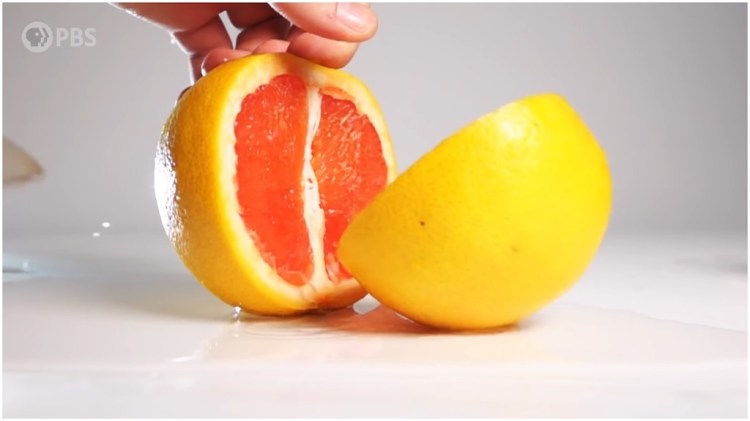In an acidulated episode of PBS Eons, host Kallie Moore explains how sour taste, which may be the oldest taste of them all, evolved over many years. The original purpose of the taste was to warn of danger, living creatures have overcome that alarm to enjoy the flavor.
While sour taste’s original purpose was to warn vertebrates of danger, in a few animal groups, including us, its role has reversed. The taste of danger became something it was dangerous for us to avoid.
In fact, the inability of humans and other vertebrates to make their own vitamin C led to the search for foods rich in that resource, many of them sour.
See, our branch of the primate family tree is pretty odd among vertebrates because we can’t make our own vitamin C, also known as ascorbic acid. We lost this ability around 61 million years ago… Ever since then, we’ve needed to get vitamin C from our food instead, mostly by foraging for fruit.

Further enhancing the collective taste for sour foods is generations of fermentation.
During fermentation, specific microbes – like lactic acid bacteria – produce acids that prevent the growth of disease-causing microbes. Plus, fermentation can even increase the nutritional value of food, making it easier to digest. So our preference for sour taste might have also been driven, or at least reinforced, by the advantages of eating fermented fruits – a valuable resource that we otherwise wouldn’t have been inclined to seek out.






